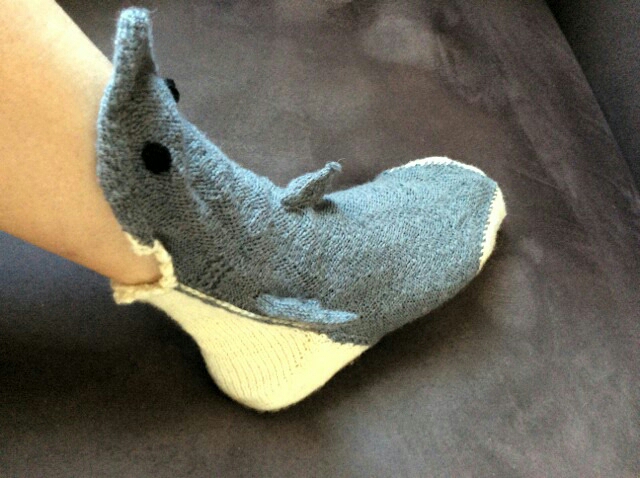Okay, maybe just a medium-sized galaxy...
Somewhere in my travels I came across the Sophie's Universe crochet-a-long. I've been wanting to do more mandala/surface crochet for a while, and the pattern looked like a great way to use up the ~2kg of white and cream odd-balls I have, plus a lot of other colours as well.
Even if I didn't like the pattern, the sheer amount of technical writing, reference links, and planning that went into the instructions for three (!) different versions is staggering. While the stitching for each of the three different yarn weights is the same, the colourways and checkpoint dimensions (as in, "if you have hit round X your work should be Y centimetres across") is very impressive.
Every single round starts with separate instructions for whether you are continuing with the colour from the previous round or starting with a new colour. Meanwhile, I've done 21 rounds and have yet to encounter a single error.
And, oh yes, the pattern has been fully or partially translated into seven other languages, plus one more language for a series of video tutorials.
And for this particular version? I've done a quick estimate based on the yarn pack information given in the introduction to the crochet-a-long, and I should be able to pull this one off entirely from stash. And still complete the stripey blanket from stash, even though they share some of the same colours (and yarn sources).
In the photo above, all of the colours are worked in single strands of worsted-weight yarn, except for the burgundy and cranberry, which are thinner yarns held double. The burgundy isn't even made of the same two yarns. Instead, it's a thinner 100% acrylic held with a thicker 100% wool. Now that they're crocheted together, it's difficult to see the colour difference even up close and in good light. Go figure.
This means that the weight of each particular round of work varies a lot, but so far Sophie has been lying flat and adjusting to the physics of each yarn type very well.
Since this photo was taken, I've started part 3. The rounds are getting big enough now that they take a while to finish. The completed blanket is supposed to be about 1.8m square, although when I've done gauge-check measurements the work seems to be coming out slightly too big for a change. Usually it comes out slightly too small and I have to either try again or improvise.
It'll be great to weigh the finished blanket and see how much stash I've used up.


















































